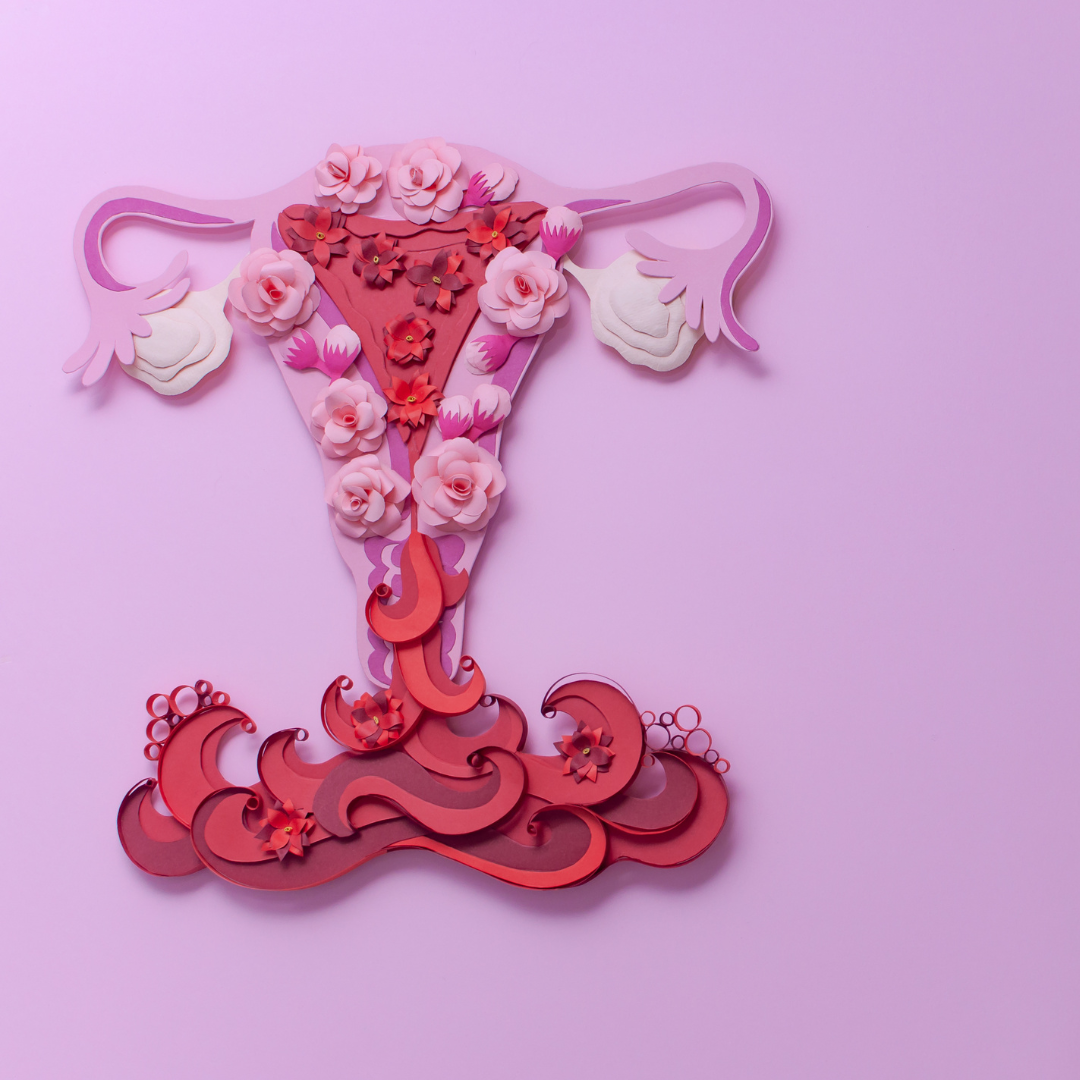
How does the menstrual cycle affect the skin?
Share
The menstrual cycle lasts 28 days on average, and plays a central role in a woman's female sexual lifeinfluencing not only fertility, but also skin condition. Each phase of the cycle brings about hormonal changes that can have an impact on sebum production, hydration and the appearance of skin problems. Here's how these changes manifest themselves over the course of the days of the cycle.
The follicular phase: skin regains its radiance and balance
The follicular phase begins on first day of the cyclethat is, with the onset of menstruation. During this phase, the body prepares to ovulate again. Estrogen levels gradually increase, stimulating the growth of follicles in the ovaries. One of these becomes the dominant folliclefollicle releases the egg around 14 days before the next menstrual period.
The increase in estrogen during this pre-ovulatory pre-ovulatory phase is good news for the skin. This hormone stimulates collagen production, improves hydration and reduces sebum production. Skin looks smoother, more radiant and less prone to imperfections.
During this phase, hormones also reduce inflammation, limiting the appearance of pimples and other skin problems. The complexion is even, making this often the most favorable period for the skin during the menstrual cycle.

The ovulatory phase: peak energy and fertility
Ovulation occurs about halfway through the cycle, around the day 14. Under the effect of the LH luteinizing hormonethe dominant follicle follicle ruptures to release the ovum into the Fallopian tube. This egg has a lifespan of around 24 hours if it is not fertilized.
This phase is marked by a peak in estrogen and an increase in body temperature. body temperature. Although the skin may remain balanced and radiant during this period, some women may experience a slight increase in sebum due to hormonal fluctuations.
The cervical mucusessential for fertility, becomes more abundant and transparent during this phase, a sign that the body is in its fertile period.
The luteal phase: skin problems appear
After ovulation, the luteal phase begins. The dominant follicle becomes transforms into the corpus luteuma structure that produces progesterone to prepare the uterine uterine mucosa for pregnancy. This phase continues throughout the cycle and lasts an average of 14 days.
Progesterone, which dominates this period, stimulates the sebaceous glands and causes an increase in sebum production. This overproduction can clog pores and encourage the appearance of pimples, blackheads and other imperfections, particularly in women prone to hormonal acne.
If theegg is not fertilizedthe corpus luteum breaks down, leading to a drop in progesterone and estrogen levels. This hormonal drop can make the skin more sensitive, drier and more prone to redness. This is also when symptoms of premenstrual syndrome (PMS) appear, including duller skin and acne flare-ups.
During the luteal phaseIt's essential to adopt a gentle, moisturizing skincare routine to counter the negative effects of hormonal fluctuation.
Menstruation: skin in recovery phase
If theegg is not fertilizedthe menstrual cycle restarts with menstruation. The fall in hormones leads to desquamation of the uterine liningmarking the start of a new 28-day menstrual cycle. This hormonal drop is often accompanied by dull, dry and sometimes irritated skin.
Skin sensitivity is at its highest during menstruation, which can aggravate certain conditions such as eczema or rosacea. It is therefore advisable to use soothing, fragrance-free products during this period.

How to take care of your skin according to the phases of your cycle?
To minimize the impact of the menstrual cycle on the skin, it's a good idea to adapt your skincare routine to your hormonal phases:
-
Follicular and pre-ovulatory phase :
-
Cleanse your skin with a cleanser containing salicylic acid and probiotics to regulate sebum while strengthening the skin barrier.
-
Deeply moisturize your skin with a vitamin C serum o reduce the appearance of pores and bring radiance to the complexion.
-
-
Ovulatory phase :
-
Maintain a simple routine with balancing skin care products. Use the cleanser with salicylic acid and probiotics to prevent excess sebum.
-
Apply a moisturizingcream with ceramides, hyaluronic acid and peptides to strengthen the skin barrier and preserve moisture.
-
-
Luteal phase :
-
Introduce blemish-fighting care with salicylic acid cleanser to eliminate excess sebum and prevent pimples.
-
Moisturize your skin with a ceramide and peptide cream to soothe and repair the skin while maintaining its hydrolipidic balance.
-
-
Menstruation :
-
Use the gentle cleanser with salicylic acid and probiotics to purify without irritating.
-
Choose creams without fragrances, essential oils or irritants.
-
Conclusion
The menstrual cyclecycle continues throughout the cycledirectly influences the condition of the skin through hormonal variations. Each phase brings its own set of changes, whether in terms of hydration, sebum production or skin sensitivity. By understanding these fluctuations and adapting your skincare routine, you can maintain healthy, balanced skin throughout the days of the cycle.
